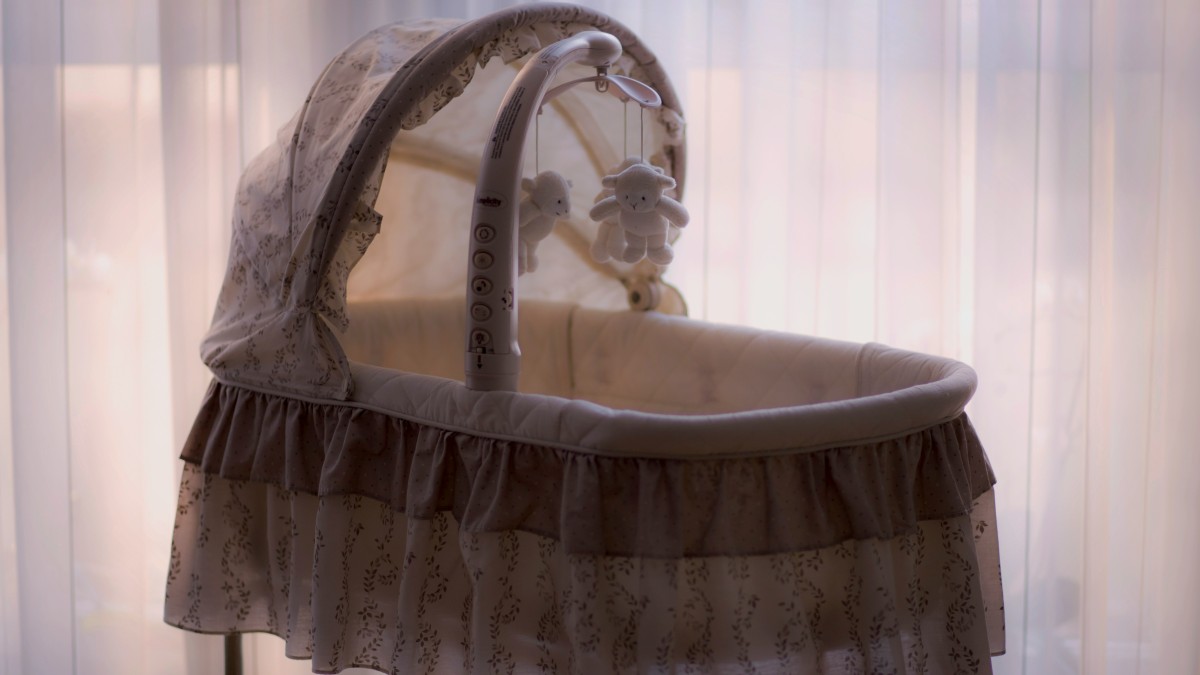Part 5: How to Build Resilience After Attachment Wounds: From Ghosts to Guardians

We can’t rewrite the stories of our childhood. But we can give ourselves what we needed then, now.
Children don’t start with words. They speak through their bodies, crying, reaching, arching, freezing. When those signals go unseen or unacknowledged, the nervous system learns: I’m on my own. This dysregulation isn’t just “fussiness”....it’s the body’s alarm system firing without relief.
Without early recognition and support, these imbalances set the stage for:
- Coping behaviors like substance use, disordered eating, or unsafe sexual activity
- Chronic activation of the stress response system
- Triggering genetic vulnerabilities for anxiety, depression, autoimmune disorders, or heart disease
These aren’t “bad choices.” They’re survival strategies. Ways to self-soothe when no safe, attuned care was available.
From Ghosts to Guardians
Selma Fraiberg’s famous essay Ghosts in the Nursery describes how the “unheard cries” of children echo across generations (Fraiberg, 1975). When early pain goes unacknowledged, it doesn’t vanish, it becomes stored in the body, shaping our nervous systems, relationships, and health. We don’t just carry emotional wounds....we carry biological imprints. Attachment pain drives decision fatigue, coping strategies, and emotional regulation patterns. Insecure attachment is one of the strongest predictors of trauma later in life.
Combine that with chronic stress, and you have a “perfect storm”:
- Nervous system dysregulation → risky coping behaviors
- Risky coping behaviors → compounded health consequences
- Health consequences → harder-to-treat conditions in adolescence or adulthood
But here’s the good news: just as ghosts can haunt, guardians can protect. Each time we model empathy, co-regulation, and presence — for our children or ourselves — we build protective factors that buffer against adversity.
The Hidden Roots of Attachment Pain
Attachment is survival. It’s our body’s way of saying: Am I safe? Am I seen? Will someone come when I cry? When those needs go unmet, the pain doesn’t just disappear—it reshapes us.
Attachment pain often becomes the deepest wound of our lives. It drives our decisions, coping mechanisms, and even how we regulate emotions. Research shows insecure attachment is one of the strongest predictors of trauma later in life.
What Does Attachment Pain Look Like?
Attachment pain shows up in many ways:
- Persistent feelings of insecurity or inadequacy
- Fear of rejection or abandonment
- Emotional extremes, explosiveness or total shutdown
- Struggles with trust, intimacy, and connection
The Six Core Attachment Pains (Adapted from Dr. Amy Apigian- Trauma Healing Accelerator – Attachment Module)
- Hold Me – The pain of not receiving enough comforting physical closeness in early life. Leads to feeling unsafe in relationships, guarded, and stuck in the head for safety.
- Hear Me – Needs or feelings dismissed. Creates people-pleasing, invisibility, and anxiety.
- Support Me – Limited movement and exploration. Shows up as helplessness, disorganization, and fear of asking for help.
- See Me – Lack of acknowledgment and validation. Triggers identity struggles, self-worth issues, and chronic fatigue/freeze.
- Understand Me – Misunderstood or invalidated. Leads to over-apologizing, resentment, and isolation.
- Love Me – Absence of unconditional love. Results in perfectionism, fear of intimacy, and constant external validation seeking.
Why This Matters
Unmet attachment needs don’t just hurt our feelings—they shape our biology. Chronic stress, autoimmunity, digestive issues, even anxiety disorders can trace back to early attachment pain.
The Good News: We can Regulate, Rewire & Rise!
We don’t have to dig forever in childhood memories to begin healing. Instead, we start where we are:
- Safety & Regulation first – learning to calm and support the nervous system, creating internal and external spaces of trust
- Capacity building – offering appropriate support to strengthen resilience so life’s stressors don’t knock us flat. Opening our window of tolerance.
- Connection last – expanding from safety and regulation to real joy and belonging
Attachment pain is not a life sentence. With awareness, compassion, and somatic healing, we can rewrite the story.
Empathy as a Protective Factor
Empathy isn’t just “being nice.” Neuroscience shows that when caregivers mirror a child’s emotions with warmth and accuracy, the child develops both self-regulation and the capacity for empathy toward others (Perry, 2006; Heller & LaPierre, 2012).
This is why consistent, sensitive caregiving is a public health intervention. It reduces the risk of antisocial behavior, improves long-term health outcomes, and strengthens resilience across generations.
Prevention Is the Priority
Waiting until trauma has already led to addiction, chronic illness, or relational breakdown is costly — for individuals and for society. Prevention and early trauma-responsive care are not optional luxuries. They are urgent public health priorities (Perry & Winfrey, 2021; Apigian, 2022).
Investing in early regulation support, caregiver education, and attachment-informed interventions changes trajectories before patterns harden into pathology.
Reflection Exercise
Take a quiet moment and reflect:
- Which attachment pain (Hold Me, Hear Me, Support Me, See Me, Understand Me, Love Me) resonates most with your story?
- How did your earliest environment shape your regulation patterns?
- What safety signals can you give yourself today, grounding touch, steady breath, kind words.... to remind your nervous system it is safe now?
Closing: Breaking the Cycle
Children who are unseen learn to silence their needs. Adults who silence their needs often live dysregulated, disconnected lives.
But awareness changes everything. When we bring compassion to attachment pain, we stop ghosts from running the show, and step into our role as guardians. For ourselves. For our children. For generations to come.
👉 Invitation: Ready to explore this more deeply?
- Enroll in When You’ve Lost Your Spark: Why You’re So Tired, Foggy, and Anxious.
- Join the Soul Essentials Wellness Community
References
- Fraiberg, S., Adelson, E., & Shapiro, V. (1975). Ghosts in the Nursery. Journal of the American Academy of Child Psychiatry.
- Heller, L., & LaPierre, A. (2012). Healing Developmental Trauma. North Atlantic Books.
- Perry, B. D. (2006). The Boy Who Was Raised as a Dog. Basic Books.
- Perry, B. D., & Winfrey, O. (2021). What Happened to You? Flatiron Books.
- Apigian, A. (2022). The Biology of Trauma: How to Recognize and Heal the Patterns of Survival and Disease.
Photo by freestocks on Unsplash
Categories: : ACEs, Attachment, Bonding, Resilience, Stress, Trauma
Sign Up for our Newsletter
Wellness rooted in safety and connection for families, moms-to-be, and childcare professionals. Science-based tools to ease stress, build resilience, and support healthy development.
 Vicki Johnson
Vicki Johnson 
